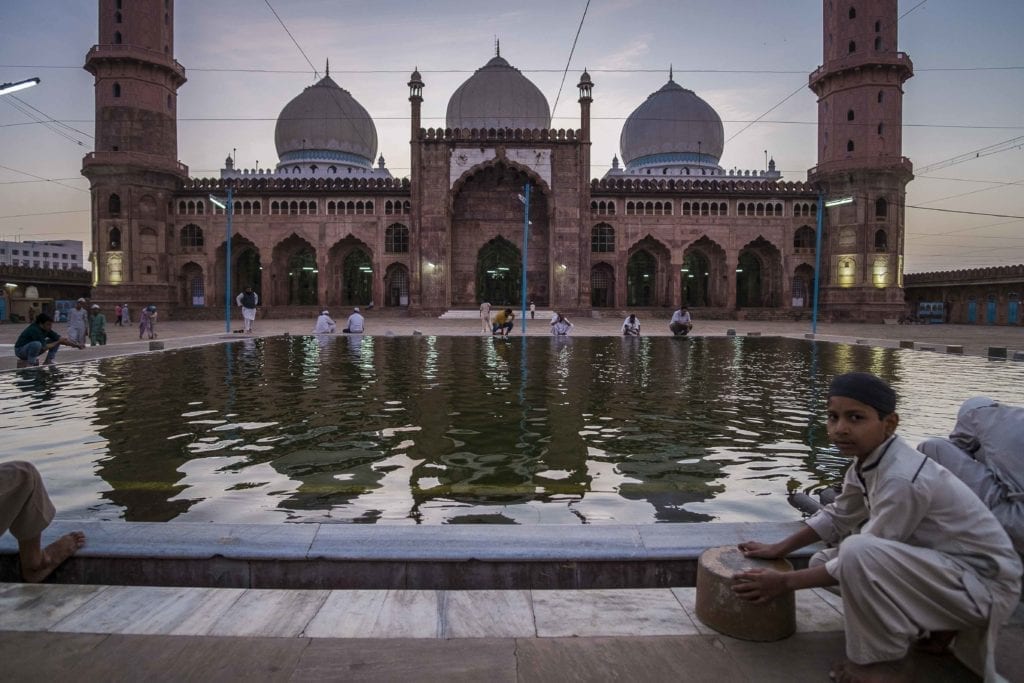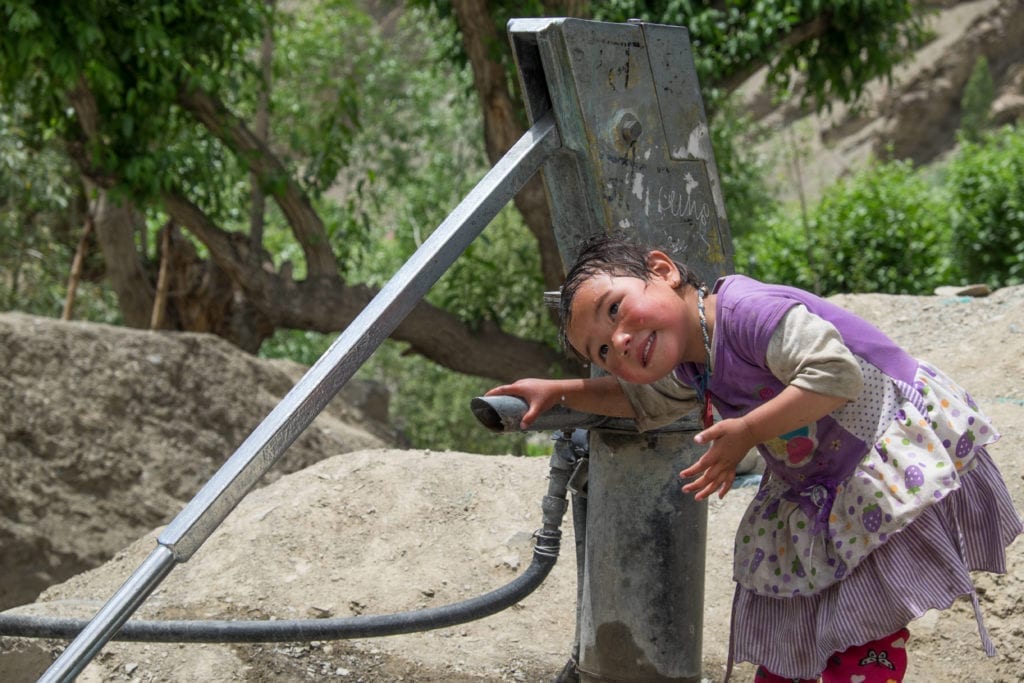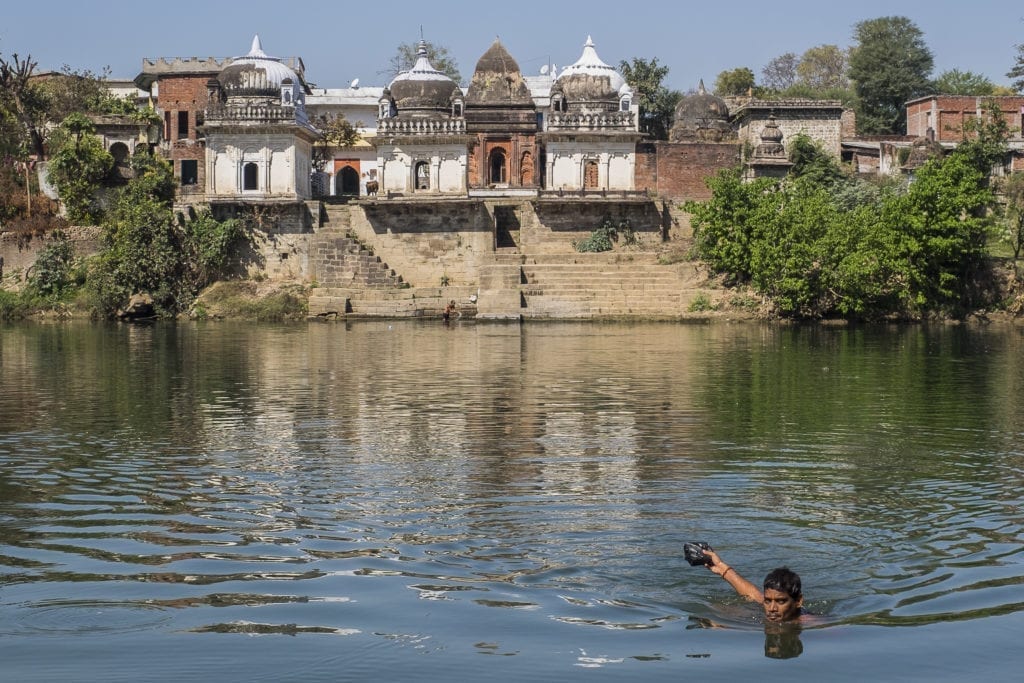India’s Urban Water Security Challenge
As the world become increasingly urban, propelled by a lifestyle change and economic opportunity, almost 70 percent of the population is expected to live in cities by 2050 according to a 2018 report by United Nations. In India, the estimates state that by 2030 urban residents will be over half the population. For rapid urbanization to be sustainable the implication of delivering water to residents needs to be at the centre of the city, state and national level development agenda. In the wake of the ongoing pandemic, as India debates the evolving concept of space, infrastructure, health and opportunity in crowded urban areas, it is imperative that India integrate urban water security into the wider conversation.
Some of India’s cities – including Mumbai, Bengaluru, Surat and Chennai – are some of the fastest growing in the world, both in terms of population and economic growth. Many of these cities are also some of the most water stressed in the country, stemming from a number of problems including access, governance issues and poor quality of potable water. In India urbanization is currently driven by a complex set of factors, where the availability of clean sustainable water is not usually considered an issue. While focusing on the access to water along with employment opportunities, clean air, and health care should be an important consideration, current migration movements indicate that in less than a decade by 2030, about 160 million Indians will live in cities that are water stressed. The Central Water Commission states that in 91 important reservoirs across the country, levels have not crossed more than half the total capacity in the past five years, though owing to a good monsoon this year 103 reservoirs have more storage than the average of the last decade.

Water accessibility for all
The Central Government’s Jal Jeevan Mission marks a shift from the earlier practice of community water supply to providing portable water to all households; which will vastly benefit urban slums and poorer urban communities that often depend on community taps or expensive tankers. No Indian city currently provides 24/7 clean water to all of its residents. It is often the marginalised communities, illegal settlements, and the floating population that pay more and bear the brunt of water stress. If the mission succeeds, it could be a game changer not only for India but also provide a model for other developing nations to study and to adapt. The provision of potable water to every household not only addresses health issues exacerbated by global pandemics and localised epidemics, but also reduces the stress on women and girls who oftentimes bear the brunt of lack of access, especially in poorer communities and slum areas of cities.
However, the concept of urban water security is a multi-faceted one and needs to be closely interrelated with the larger urban development and management question: be it migrant services, housing and infrastructure development, health and sanitation, energy or the wider question of urban climate resilience. A clearer understanding of the integrated nature of water with these other development frameworks will aid in ensuring that urban growth will be sustainable in the long term. This understanding is at a very nascent stage in India, where policies and public sector programmes have largely been siloed. While the COVID-19 pandemic has started some of these conversations, many still lack the component of long-term urban water security.

India’s economic lifeline
Water is also about the economic growth of the city and ultimately the country. An ongoing Kubernein Initiative study finds that in the worst-case scenario water stress in Surat and Bengaluru, both in the top ten contributors to India’s GDP, place at risk 90 percent of the nation’s diamond export industry and 40 percent of the IT industry respectively. Despite this there is still a distinct lack of investment in urban water security to meet current and future demand.
By 2030, about 160 million Indians will live in cities that are water stressed.
Water related policies are currently largely supply side driven, with marginal focus on elimination of waste and productivity of use. Both policies and the integrated nature of water need to be addressed if India is to achieve its development goals and transform its cities. This can be done in two ways; firstly, bring these two parallel tracks together where all relevant aspects of urban development and water security are discussed in tandem and secondly ensure that public policy and programmes are more circular and holistic in nature from the source to the user and back.
Climate risks
There is the added aspect of climate risk, where low probability events are slowly becoming the norm. In 2019, India announced a global Coalition for Disaster Resilient Infrastructure at the U.N. Climate Action Summit. While it works towards potentially creating a plan on national and local levels, the subject of water security needs to play a bigger part in that. Any city heat action plan for example, such as the one developed by Ahmedabad, needs to ensure that the effects on future water availability are taken into account.
India’s national disaster management authority responses have vastly improved over the years. The response to 2019 Cyclone Fani in Odisha, working with the state disaster management authority showed remarkable success which was adapted and put into play to also deal with the ongoing pandemic in the state. While disaster management focus might be geared towards extreme weather-related events, a shift and expansion of focus could include strategic thinking on stress caused by extreme floods, drought and other water and health related challenges.

The power of data
The key lies in the expansion of data collection and using technology and digitization to its advantage. In this way India can make its water management more pre-emptive and predictive and connect this into the wider city data systems. Casting a wider net here and thinking innovatively ensures addressing issues from source to user, such as: monitoring conditions of water systems; unchecked sewage; contamination; loss and theft; and non-revenue water amongst others.
Granular data that is transparent, not only aids in city wide planning and informs national level risk analysis, it also places an onus and responsibility on the end user, something that is critical to urban India. The country also needs to place greater emphasis on cross-learning in two sectors: on a geographic level within the country and from global experiences on water security, and on a sector basis where knowledge and innovation is adapted from experiences on tackling pollution or sanitation challenges for examples.
It is time India moved on from thinking of water security as a purely a development agenda but shift the paradigm to focus more on transforming India’s cities, making them water smart for India’s future to be truly global.
